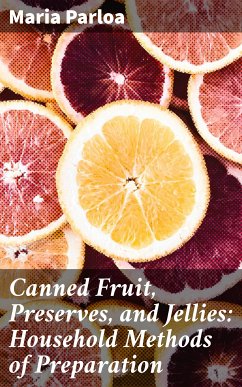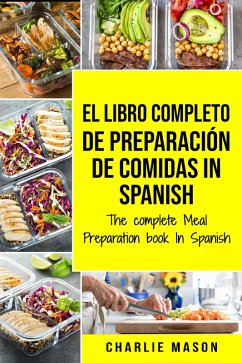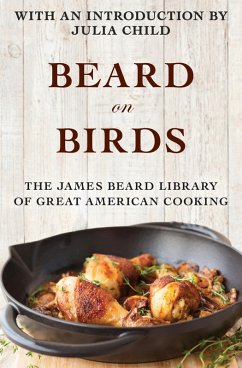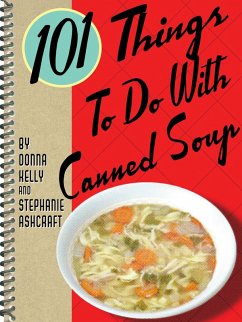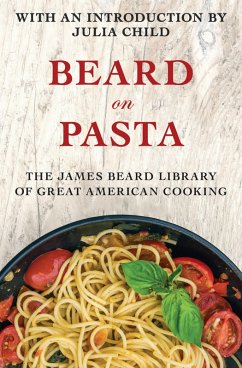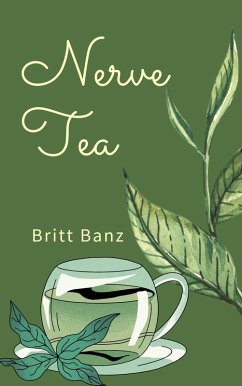
Canned Fruit, Preserves, and Jellies: Household Methods of Preparation (eBook, ePUB)
Sofort per Download lieferbar
1,99 €
inkl. MwSt.
Weitere Ausgaben:

PAYBACK Punkte
0 °P sammeln!
In "Canned Fruit, Preserves, and Jellies: Household Methods of Preparation," Maria Parloa presents a meticulous examination of the art of food preservation, offering readers an essential guide to canning fruits and making preserves and jellies. Parloa's writing showcases a didactic tone, blending practical advice with an accessible style that caters to both novice and seasoned homemakers. The book is set against the backdrop of the late 19th century, a period marked by burgeoning industrialization and home economies, where knowledge of food preservation became not just a domestic skill, but a ...
In "Canned Fruit, Preserves, and Jellies: Household Methods of Preparation," Maria Parloa presents a meticulous examination of the art of food preservation, offering readers an essential guide to canning fruits and making preserves and jellies. Parloa's writing showcases a didactic tone, blending practical advice with an accessible style that caters to both novice and seasoned homemakers. The book is set against the backdrop of the late 19th century, a period marked by burgeoning industrialization and home economies, where knowledge of food preservation became not just a domestic skill, but a method of ensuring family sustenance and thrift. Maria Parloa, a pioneering figure in American culinary education, exemplified the shift towards more structured approaches to cooking in the domestic realm. As a food writer, educator, and advocate for culinary techniques accessible to all, her insights in this book were likely influenced by her own experiences in promoting efficient cooking and preserving habits among homemakers of her time. Parloa's contributions to the food preservation movement further highlight the intersection of practicality and tradition in American kitchens. For anyone interested in the art of home canning, Parloa's comprehensive guide serves as an invaluable resource. Her clear instructions and insightful techniques not only empower the reader to preserve seasonal bounty, but also celebrate the age-old traditions of food craftsmanship. This book is a must-read for aspiring home canners, culinary historians, and anyone eager to embrace a sustainable approach to food.
Dieser Download kann aus rechtlichen Gründen nur mit Rechnungsadresse in A, B, BG, CY, CZ, D, DK, EW, E, FIN, F, GR, H, IRL, I, LT, L, LR, M, NL, PL, P, R, S, SLO, SK ausgeliefert werden.





